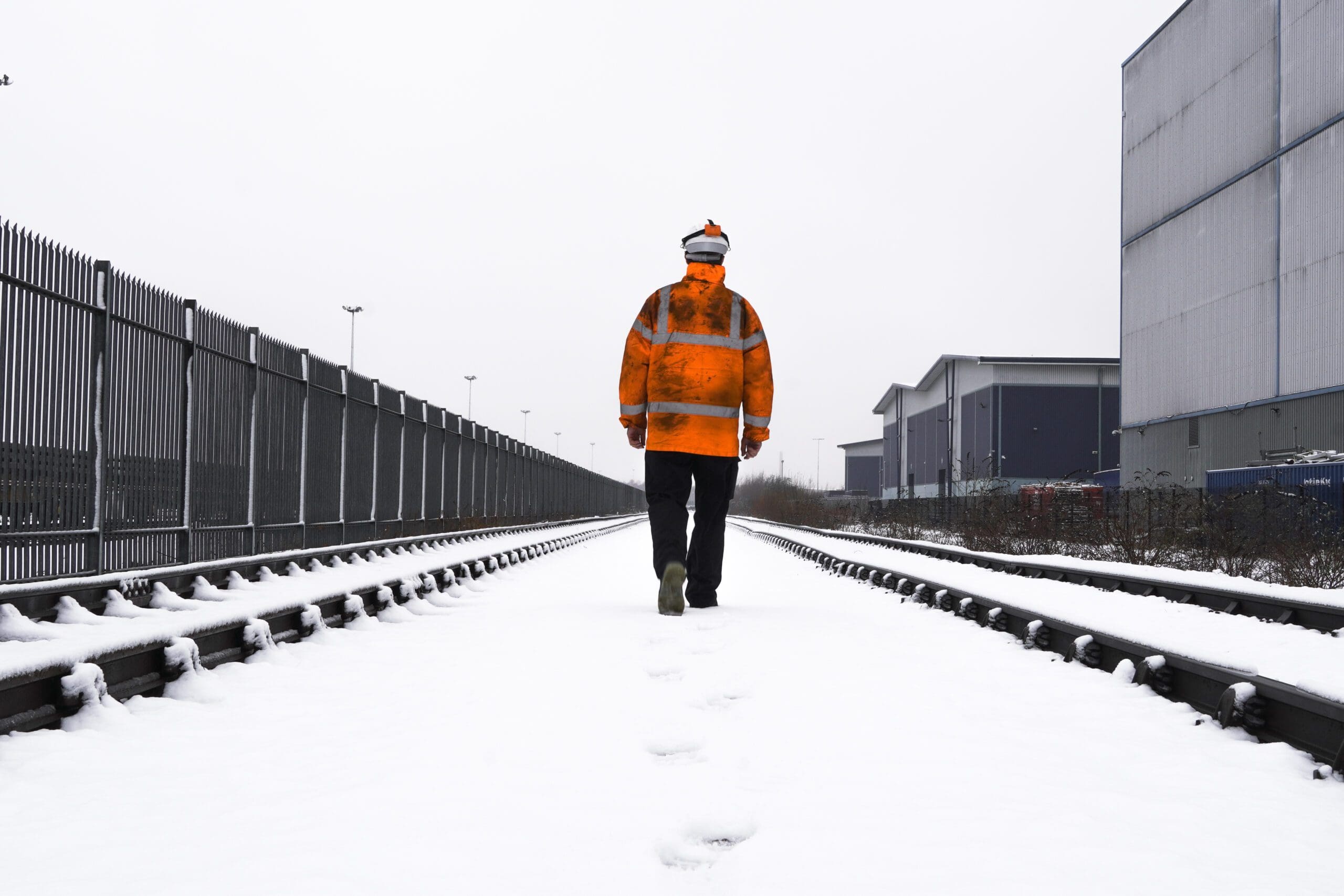A Railroad Lawsuit For Chronic Lymphocytic Leukemia
Rail workers who contract certain diseases, like leukemia, often sue their employer. The Federal Employers Liability Act gives workers the right to seek compensation for their illness.
A benzene exposure case cannot reverse the damage of cancer, or bring back a loved one, however it could help offset medical expenses related to treatment.
Benzene
Benzene is a colorless, flammable liquid that is believed to be harmful when it comes into contact with human skin. It is also known as a carcinogen, and has been linked with certain types of cancers like leukemia.
Studies have shown that workers exposed to low concentrations of benzene in their workplace are at a 40 percent higher risk of developing leukemia. The risks are even higher for workers that have been exposed to benzene for extended periods of time. Printers, mechanics, gas pumpers, shoemakers and oil refinery workers are all at risk of exposure to this toxic chemical.
OSHA prohibits exposure to benzene at work, but some railroad companies do not adhere to the guidelines. This can lead to railroad workers suffering from serious illnesses like leukemia. A FELA lawyer can help these workers obtain an amount of compensation as required by law.
Leukemia is a serious condition which can trigger a number of complications for the sufferer with bone marrow problems and blood-related organ damage. A railroad worker's FELA lawyer can help the victim recover damages for his or her medical expenses, lost wages, pain and suffering, emotional trauma, and much more. During the course of litigation the victim may be required to take depositions in order to answer questions on oath before the opposing counsel. In some cases a jury trial might be required.
Creosote
Creosote is a concern for railroad workers who clean rail ties or paint trains, or work with other materials in the maintenance of rights-of-way. This chemical is associated with skin cancer and other medical problems. Some workers have reported stomach pain, headaches and breathing issues. Creosote isn't soluble in water, which means it is able to be carried on clothing and shoes to other family members who come into contact with the exposed person.
Other toxic chemicals found in trains include benzene, carcinogen, as as asbestos and other cancer-causing substances. A plaintiff could be able to recover damages under the Federal Employers Liability Act (FELA) if it is established that he or she was injured due to exposure to these chemicals while working on trains.
A seasoned FELA lawyer could show that an employee's injuries resulted from exposure to hazardous chemicals while on the job. This may involve hiring expert witnesses to testify about the severity of the injuries, the impact on the quality of life of the victim and work capacity, and whether the defendant failed to protect its workers.
If a railroad worker is diagnosed with a serious illness linked to their job and their job, they should seek advice from an attorney as soon as possible. Parker Waichman LLP's legal team has decades of experience representing clients in these cases. Call today to schedule an appointment.
Asbestos
Railroad workers were often exposed to toxic asbestos while on the job. cancer lawsuit can cause lung cancer, asbestosis and other ailments. Asbestos particles can build up in the lungs, causing respiratory problems years or decades later. Asbestos-related sufferers could also be at a greater risk of developing certain kinds of leukemia.
Another chemical, Benzene, can cause blood cancers among railroad workers. Benzene was used extensively by railroad workers to clean their equipment and components. Workers dipped rags into benzene-containing cleaners to clean equipment and engines. Diesel fuel contains benzene, which is also a by-product from diesel exhaust.
Many people who have been diagnosed with blood cancer or any other disease as a result working for a railroad should contact a dedicated railroad attorney. A FELA lawyer who is experienced will assist clients in obtaining the amount of compensation they are entitled to.
FELA is a federal law that which allows railroad workers who have been injured to make a claim. An attorney for railroad leukemia can help clients determine whether they are entitled to compensation through this process. For example an employee of a railroad who was exposed to chemicals such as creosote or benzene could be qualified for compensation. However, the person must be diagnosed with the disease within three years of being exposed to these toxic substances in order to file an FELA claim.

Lung Cancer
Railroad workers are often confronted with deadly and debilitating illnesses such as blood disorders, cancers, and lung disease because of their exposure to carcinogenic substances in the rail yards. If you or someone close to you has been diagnosed with leukemia or a similar illness due to chemical exposure at work, you may be eligible for financial compensation from your employer under the Federal Employers Liability Act (FELA).
A lawsuit filed by a railroad worker can help you recover compensation for medical expenses and other expenses. These cases can help ensure that your employers are held accountable for their lapses when it comes to protecting employees from these dangerous chemicals.
The FELA gives those who suffer from occupational injury the right to seek financial compensation through a court trial. This is in contrast to workers compensation, which provides benefits to employees via an administrative process.
Railroad workers who were exposed to toxic chemicals like benzene, creosote and asbestos are at a greater risk possibility of developing cancers blood disorders and other diseases. This includes workers who came into contact with these harmful substances, including locomotive engineers and conductors of trains. One former railroad worker, for example was awarded an $7.5 million verdict last September following the development of Myelodysplastic Syndrome and Acute Myeloid Leukemia because of his experience working with asbestos and other carcinogenic substances.
